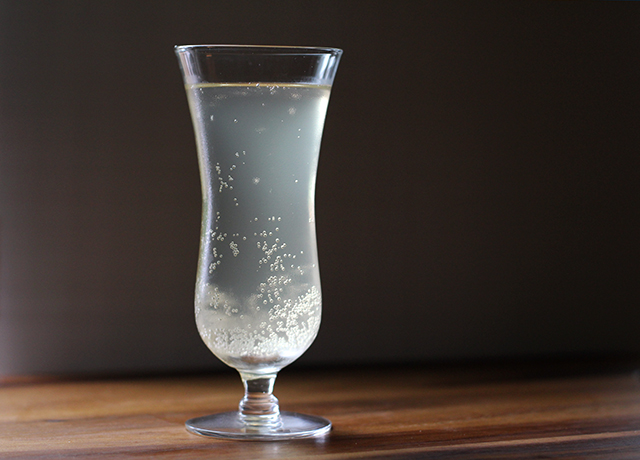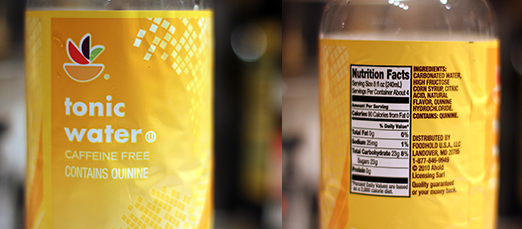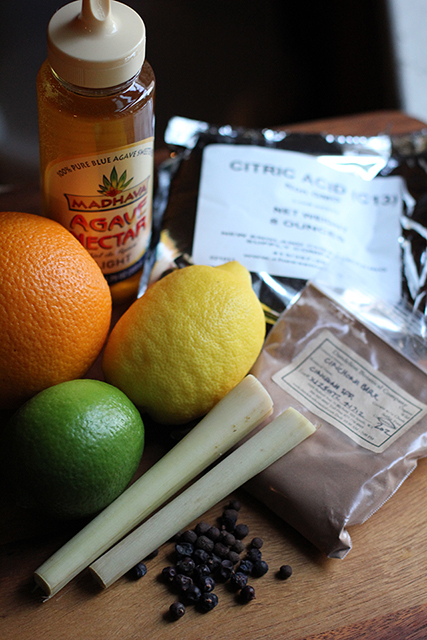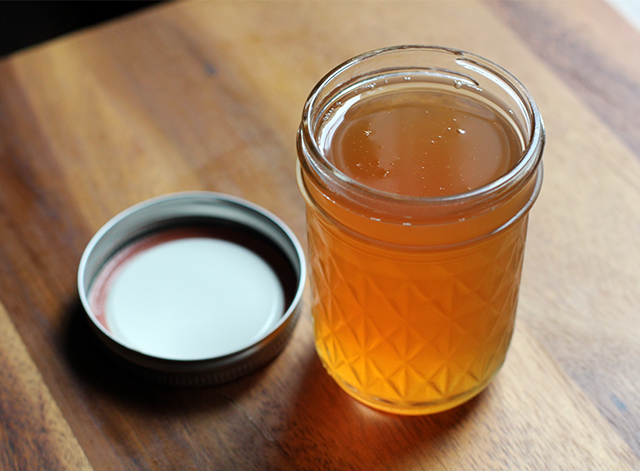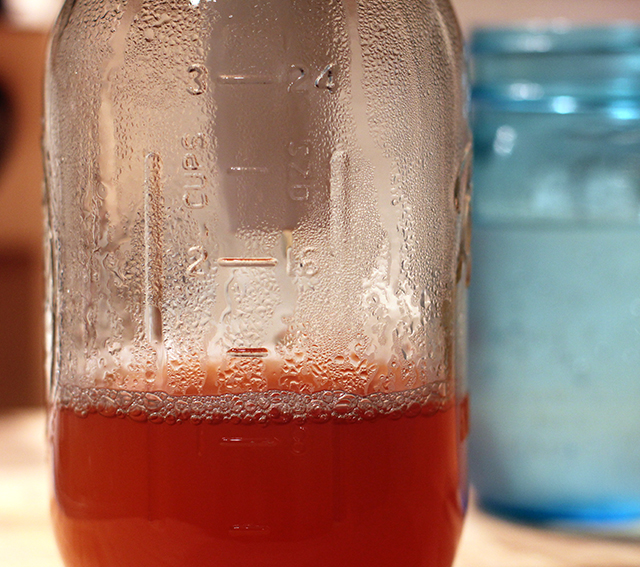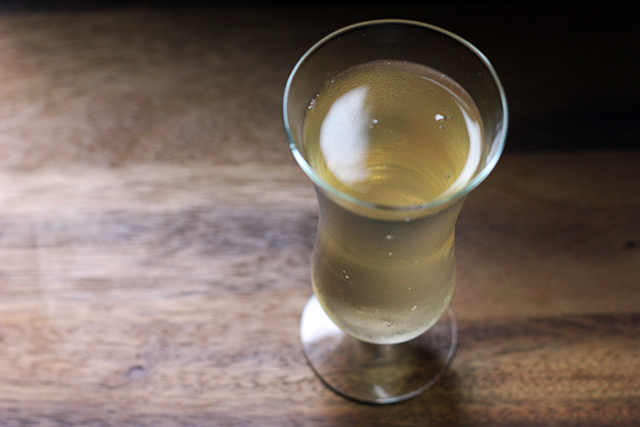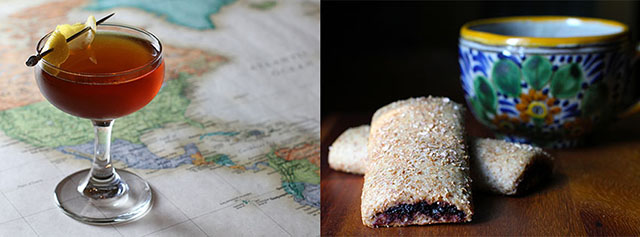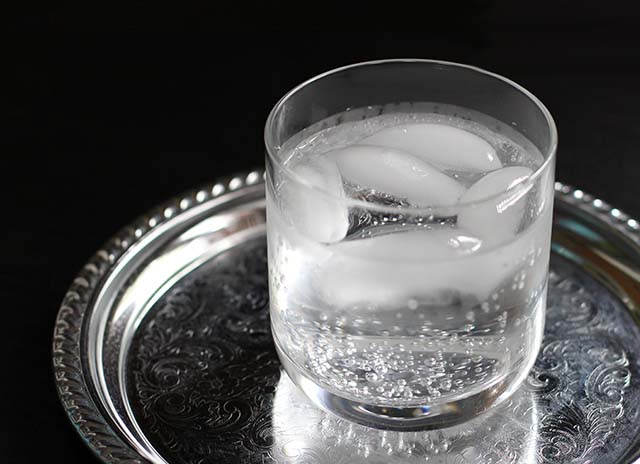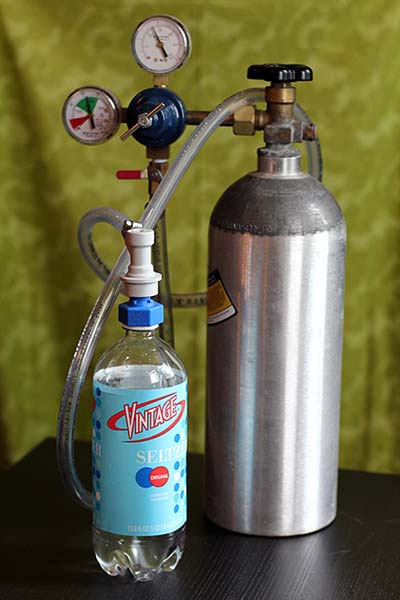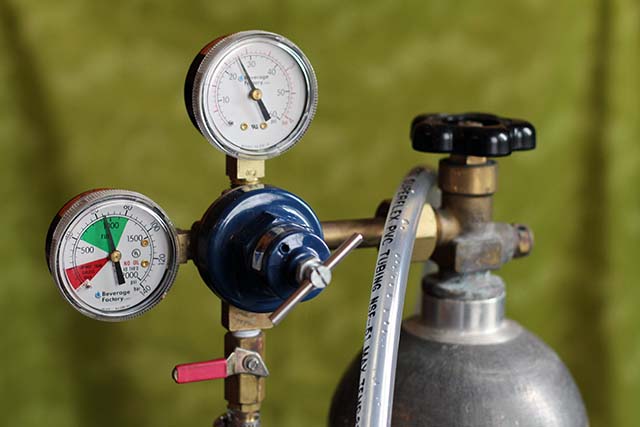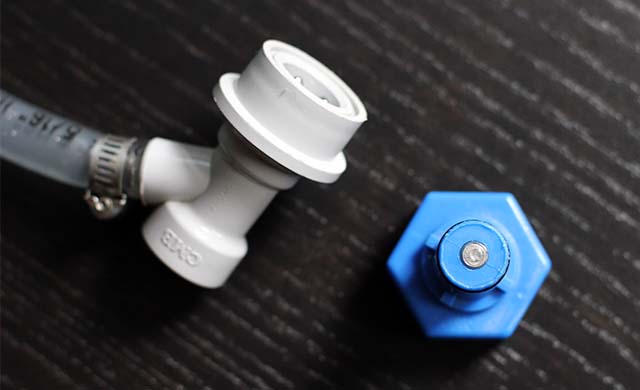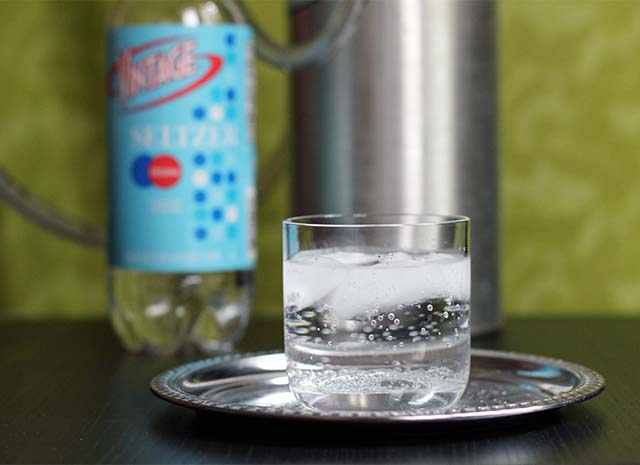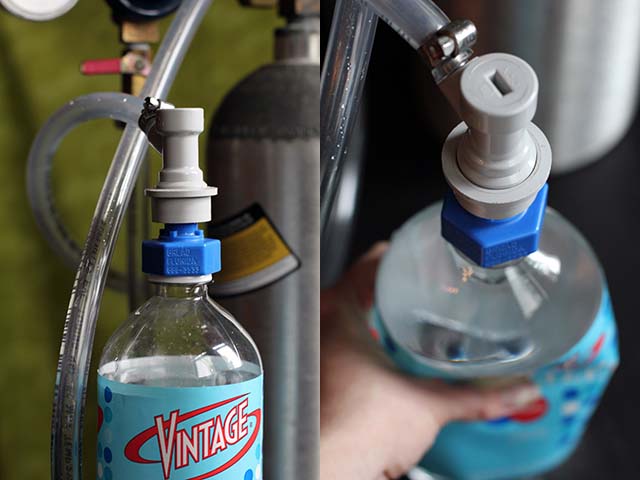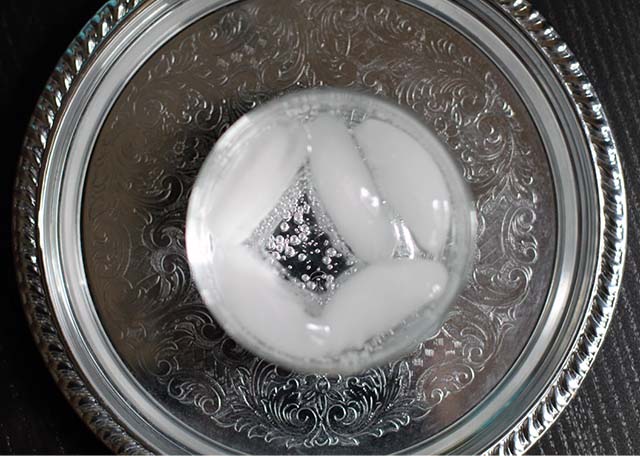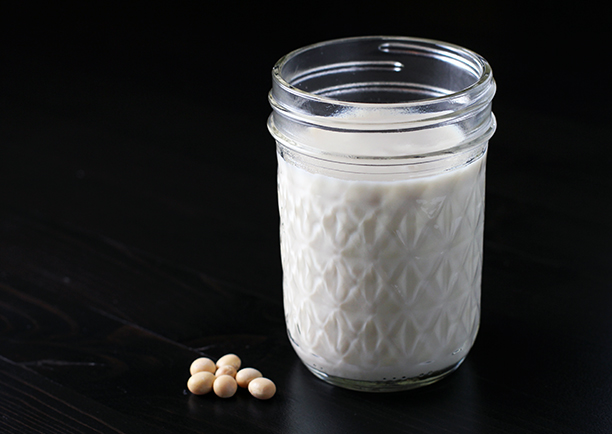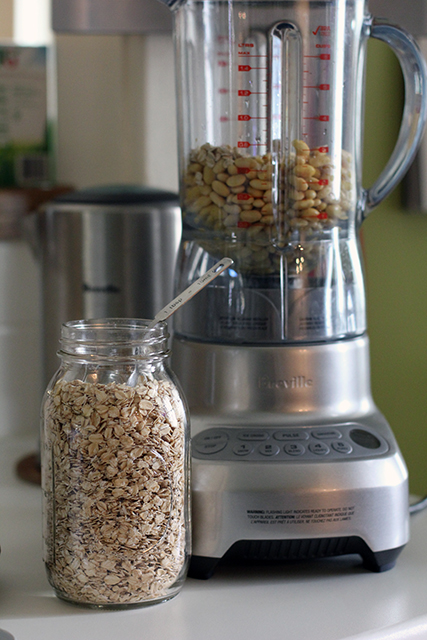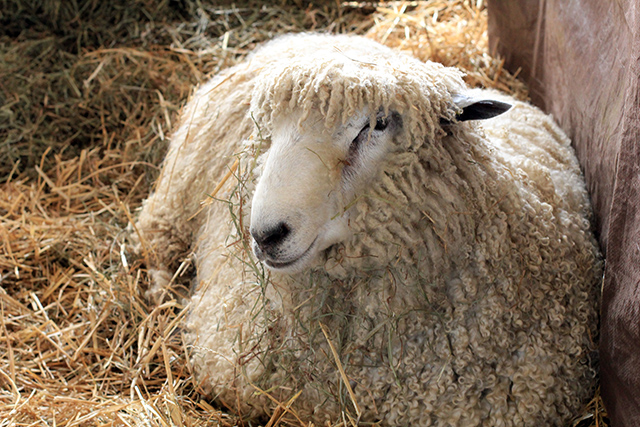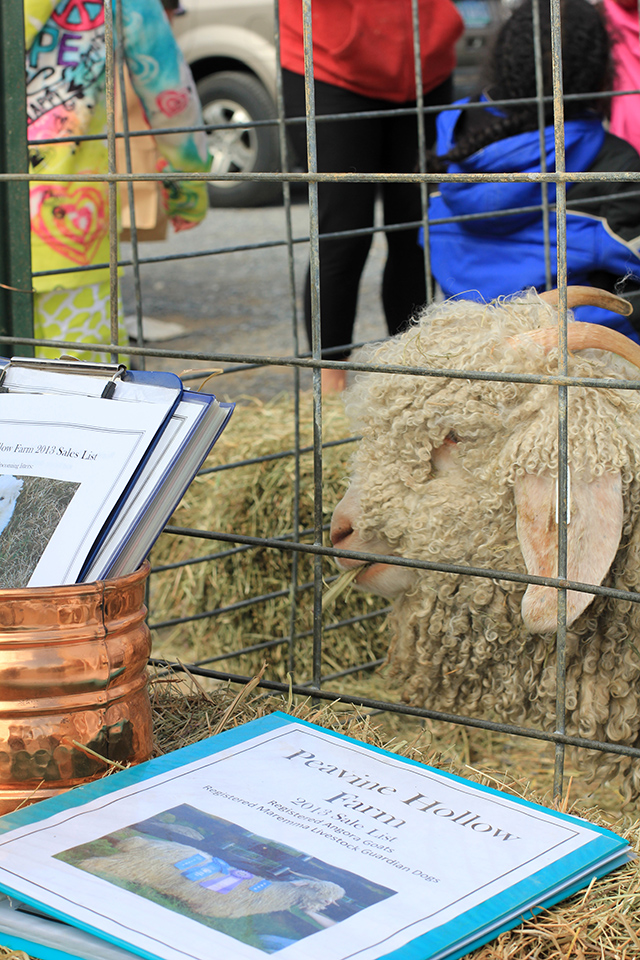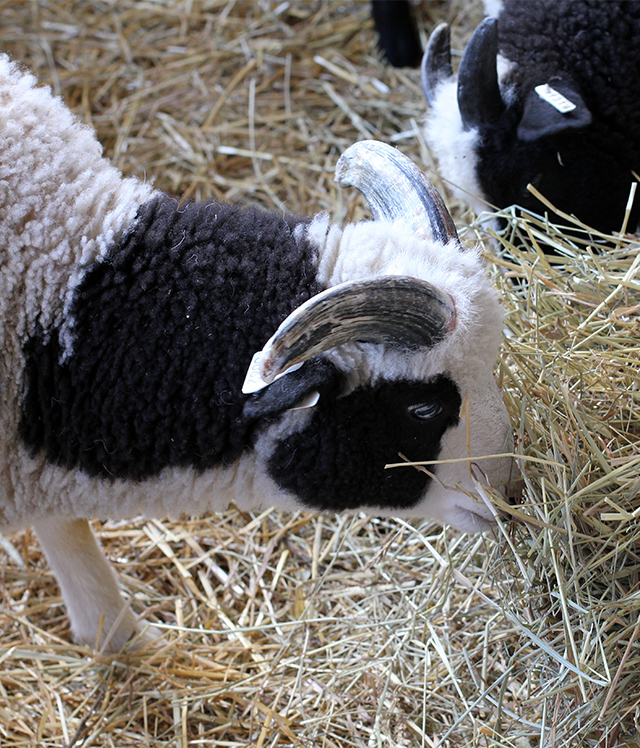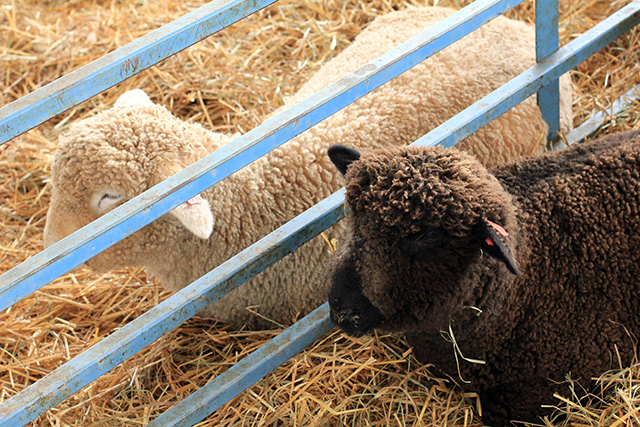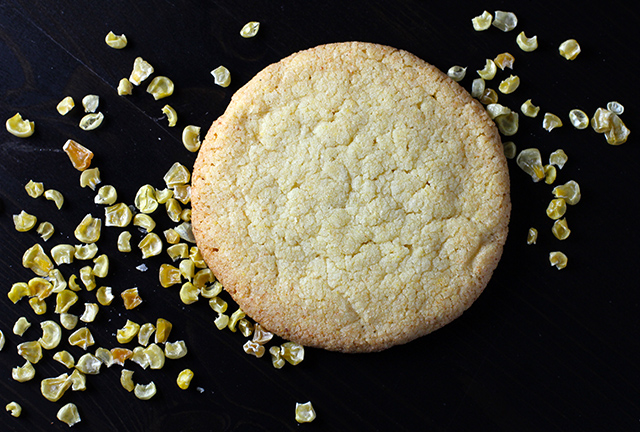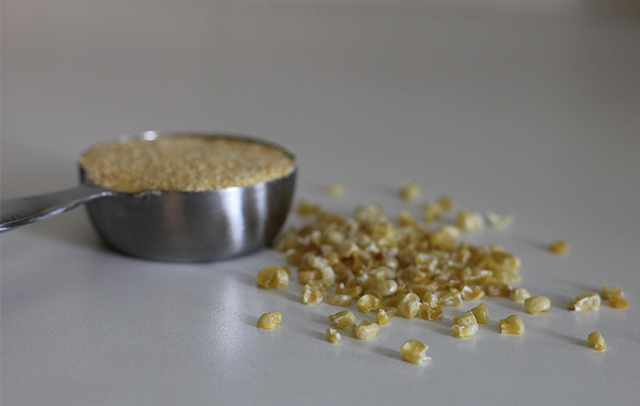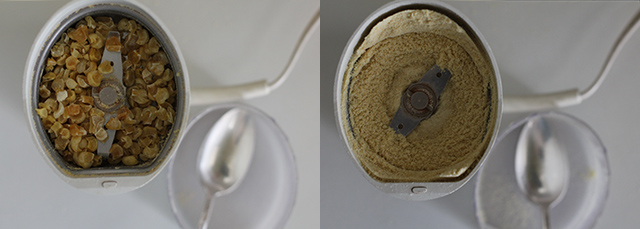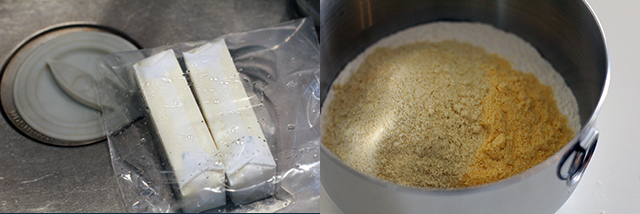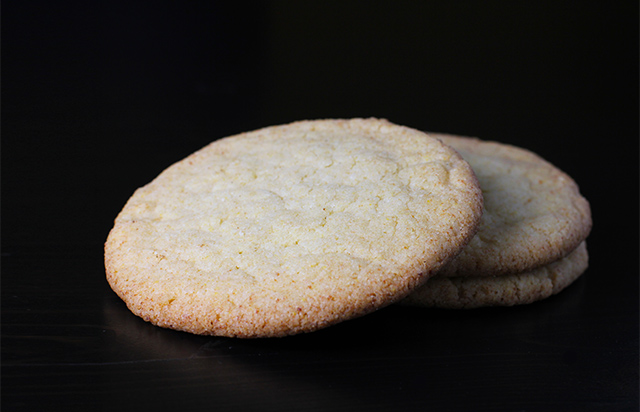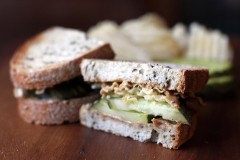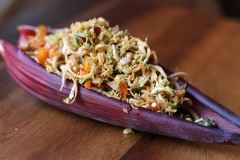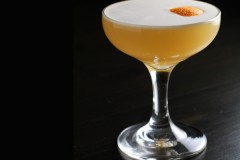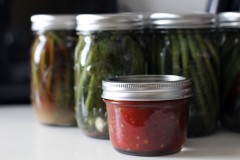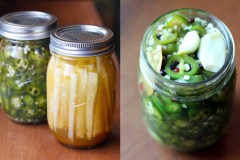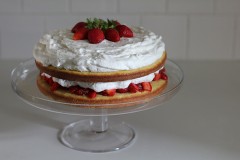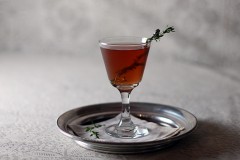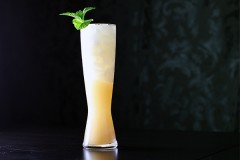I’m not sure I fully understood what tonic water actually was until my friend Alex explained why she loved it. I vaguely recalled accidentally ordering this somewhat bitter carbonated beverage in a restaurant as a teenager, but beyond that I hadn’t given it much consideration. The G&T had never been my drink.
Still, with such an enthusiastic recommendation as Alex’s filed away, I couldn’t resist picking up a liter on my next grocery run. I felt a little silly buying soda when I had my own private supply of bubbly at home, but tonic water had bonus ingredients: namely, high fructose corn syrup and quinine. I suppose it’s just a little of that “grass is always greener” human flaw, but I found myself increasingly attracted to the tonic’s bite. My own homemade fizzy water was starting to taste a little flat.
Spiting my evolving addiction to tonic water was the aforementioned supply of straight up CO2 carbonation that I had installed in my kitchen specifically to avoid those plastic bottles in the recycling bin, as well as the uber sweetness of the commercial drink. Serve me savory any day, but you can keep the candy and soda pop for yourself. Surely someone had already figured out how to DIY the tonic side of the sparkling water shelf? Of course they had. And I just happened to have the cinchona bark and citric acid the recipe required in my pantry! (See previous cheese making and Wicked Witch of the West posts for details.)
Having already enjoyed the results of Jeffrey Morgenthaler’s ginger beer on several occasions, I settled on his recipe for my first tonic outing and was not disappointed. The gist is that you make a syrup which you can then mix with seltzer for a superior–dare I say artisanal? I do not–sparkling beverage. If you’re of a mind, you may also add gin.
I had some cardamon seeds and juniper berries in the pantry as well, so I opted to toss a bit of those into the mix. There’s a lot of room for experimentation here, however, so you should feel free to shape each batch to suit your own taste preferences. In the unlikely event that the over-sized mosquitoes that have taken up residence in my backyard are carrying malaria, this tonic probably won’t help one bit, but it sure is delicious.
DIY Tonic Water Syrup
Half of Jeffrey Morgenthaler’s recipe with the addition of juniper and cardamon
Note: To make a gin and tonic cocktail, Morgenthaler suggests a 3/4 ounce of syrup, 1 1/2 ounces of gin and 2 ounces of soda over ice. To enjoy a glass of tonic solo, I found that just a few tablespoons flavored a cup nicely without becoming too sweet of a drink. Obviously, you should feel free to follow your own tastes.
zest and juice of 1/2 a lemon
zest and juice of 1/2 a lime
zest and juice of 1/2 an orange
1/2 cup chopped lemon grass
1/8 cup powdered cinchona bark**
1/8 cup citric acid
1/8 teaspoon kosher salt
6 allspice berries
10 juniper berries
4 cardamon seeds
2 cups water
11 ounces light agave syrup
Place all ingredients except for the agave in a sauce pan and bring to a full boil. Reduce heat to low, cover, and simmer for 20 minutes.
Strain the mixture. I used a two-step process that involved a fine mesh tea basket and then a Chemex coffee filter set inside a large funnel (it took about 30 minutes to strain through) and found that to work very well.
Transfer to a glass container and add agave syrup to the warm liquid (reheat if necessary). Stir until fully combined. Allow to cool and store in the refrigerator until needed.
To serve, add to seltzer water one tablespoon at a time until desired strength is achieved. I find three tablespoons per cup strikes an ideal balance.
**If you need a mail order source, I’ve been really impressed with the products from the Dandelion Botanical Company.

